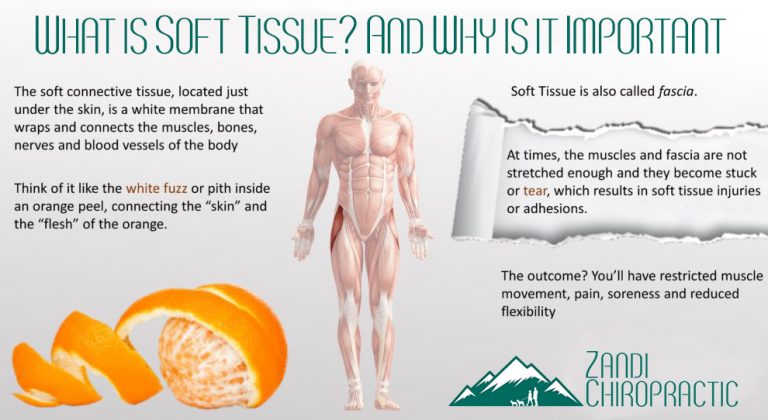What is active release technique?
ART is a patented, state of the art soft tissue system/movement based massage technique that treats problems with muscles, tendons, ligaments, fascia and nerves. Active Release Technique therapy was developed and patented by Dr. Michael Leahy, DC, CCSP, a Doctor of Chiropractic medicine. Dr. Leahy noticed that the symptoms of patients were related to changes in their soft tissues so he developed this technique which revolved completely around the patient’s symptoms. He documented his first work in 1985 under the title of Myofascial Release, but later patented it under the name Active Release Technique.
Dr. Sepehr Zandi is active release technique chiropractic and was hired to train under Dr. Michael Leahy. While there, he was able to closely train under Dr. Leahy for a little less then a year, before moving to Boulder and opening Zandi Chiropractic.
How active release technique works
ART works by breaking up adhesions, which are dense collections of scar tissue that form when muscles and connective tissues are injured. When the scar tissue binds between your muscles, it limits flexibility, causing pain and stiffness in muscles and joints.
Sometimes adhesions can also entrap nerves. The manipulation of the soft tissues through ART breaks up the adhesions so your muscles, joints, and nerves can move freely again.
During an ART session, your healthcare provider will feel the area and identify the location of the scar tissue. They’ll use the technique to isolate and target the area, manipulating it to break up the scar tissue and restore proper blood flow so the area can heal.
Benefits
- Increased flexibility
- Increased range of motion
- Decreased lower back pain
- Management of shin splints
- Management of plantar fasciitis
- Improvement of sciatic symptoms
Who would benefit from ART?
Over 500 specific moves make up the treatment protocols used in ART, allowing the practitioner to tailor treatment to the unique needs of each patient. Individuals who may benefit from ART include:
- Members of the athletic community, both recreational and professional.
- Chronic pain patients with symptoms mimicking an overuse syndrome
- Anyone who has not been able to find relief through conventional therapies
How overuse affects your muscles
When muscles (and other soft tissues) are overused, three types of problems may result:
- Acute conditions such as pulls, tears, muscle spasm or contracture, etc.
- Small tears resulting from repetitive motion (also known as micro-trauma)
- Hypoxia or a lack of oxygen to the injured area
Your body responds to these occurrences by producing tough, dense scar tissue in the problem area. This scar tissue restricts healthy tissues, preventing them from moving freely. As more scar tissue builds, your muscles weaken and become shorter, nerves can become trapped, and the tension that is placed on the tendons might even cause tendon inflammation or tendonitis. Eventually, all of this leads to a reduced range of motion, loss of strength, and pain. In cases where a nerve is trapped, you might experience tingling, numbness, and weakness as well.
What conditions are treated?
- lower back pain
- chronic neck pain
- tension headaches
- shoulder strains, including frozen shoulder
- carpal tunnel syndrome
- shin splints
- sciatic nerve pain
- plantar fasciitis
- bursitis
- tennis elbow
- and more
ART is effective for active people of every level. It can provide patients with a means to enhance their sports performance by identifying and releasing restrictions that reduce their performance in their chosen activity. This typically occurs after the practitioner conducts a biomechanical analysis of the patient’s motion. During the biomechanical analysis and the subsequent treatment, the practitioner:
- Evaluates gait, motion, and posture.
- Identifies the biomechanical dysfunctions that are restricting the performance.
- Locates the soft tissue structures that are the primary cause of the biomechanical dysfunction as well as affected structures throughout the kinetic chain.
- Treats the soft tissue dysfunctions with ART to restore full function to the affected structures.
ART Performance Care is applied after trauma based injuries have resolved. ART Performance Care concentrates upon removing restrictions that inhibit full range of motion, and in restoring full function and performance to affected soft tissues. This process can result in significant increases in sports performance of power, strength, and flexibility.
We are proud to offer the latest techniques and treatments for the benefit of our valued patients. Call (303) 499-0225 or leave us a message through our contact page to connect to Dr. Sepehr Zandi at the Boulder clinic.

